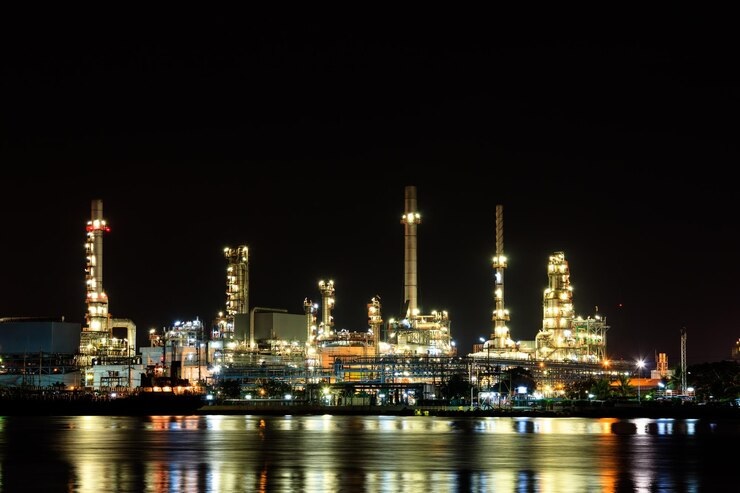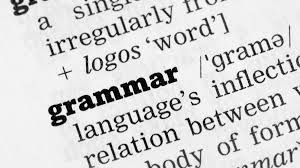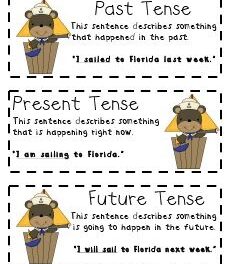India is rich in mineral resources, contributing significantly to its economy and industrial development. The country is endowed with a wide variety of minerals, ranging from metallic ores like iron, copper, and manganese to non-metallic minerals such as coal, limestone, and bauxite. India is among the world’s leading producers of several minerals, including chromite, mica, and gypsum. The mining sector plays a crucial role in India’s industrial growth, providing raw materials for various industries such as steel, cement, and power generation. Additionally, India’s mineral resources have significant potential for value addition and export, contributing to foreign exchange earnings and economic growth. However, the mining industry also faces challenges such as environmental degradation, land acquisition issues, and social conflicts. Sustainable and responsible mining practices, coupled with effective regulatory mechanisms, are essential to harness India’s mineral wealth while ensuring environmental protection and socio-economic development for local communities.
The worksheet covers the following topics-
Types of Minerals
Non-metallic minerals, minerals fuels, fossil fuels,
Coal, Petroleum, oil fields, natural gas,
Distribution of minerals in India
Minerals and their uses
These questions are designed to encourage grade 4 students to explore the world of minerals, their uses, importance, and the impact of human activities on mineral resources and the environment. They promote research skills, critical thinking, and understanding of natural resources.

















